The 175th Law Commission’s Report on illegal migration – Part I
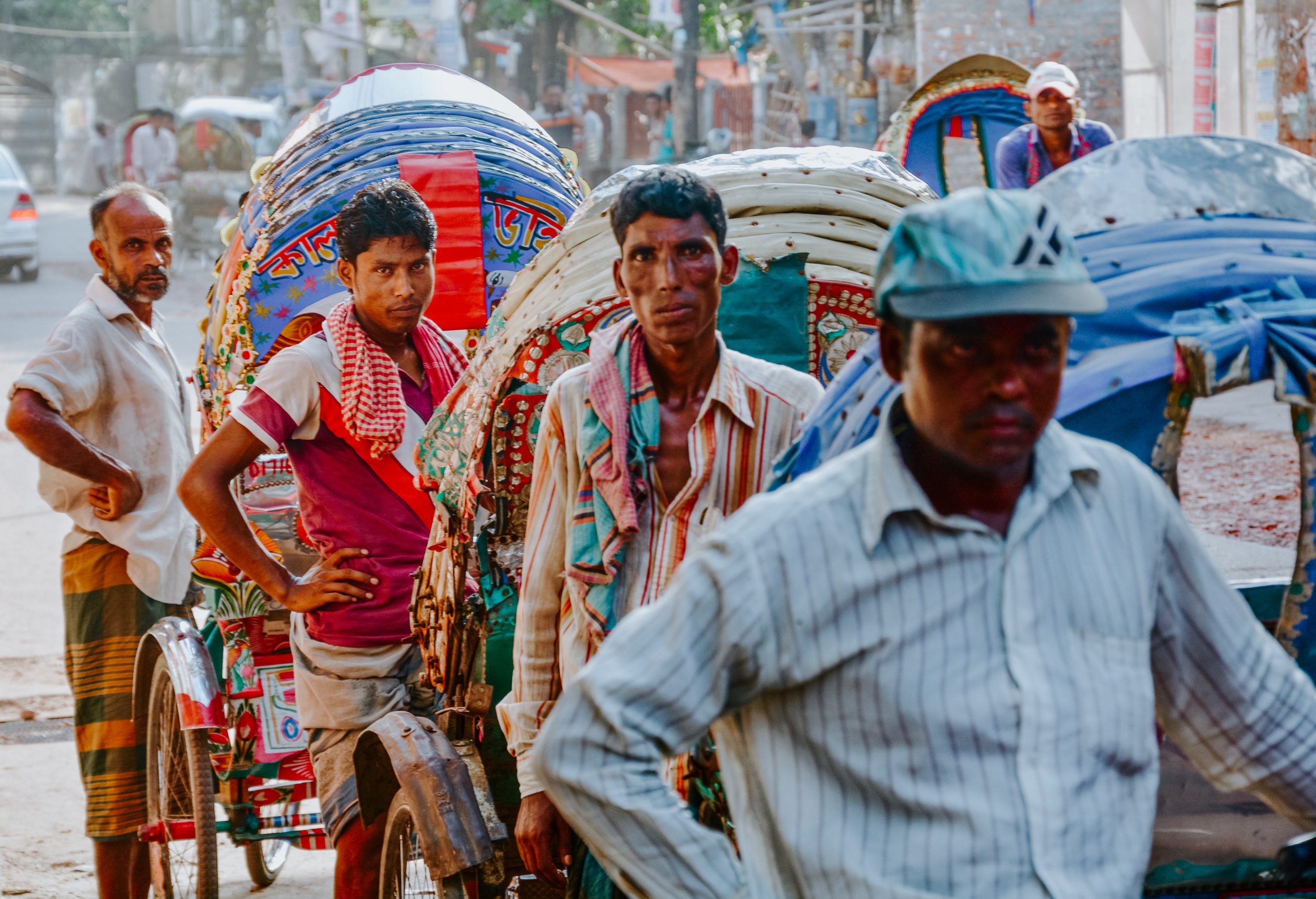
With the passage of the Citizenship Amendment Act (CAA) in December last year that was erroneously coupled with an anticipated nation-wide National Register of Citizens (NRC), massive protests erupted across India. This ought to have stirred a much-needed discussion in India on the threat posed by illegal migration and the practical solutions, including a nation-wide NRC, available at the disposal of the Government to deal with it.
Unfortunately, the core issue of illegal migration was completely side-lined.
The seriousness of the threat to internal security and territorial integrity posed by illegal migration is evident from the fact that in the last few decades, several reports of government-appointed commissions, committees, and think tanks have not only highlighted the extent and magnitude of this problem, but have also provided a blueprint and mechanisms to tackle it. However, these actionables have rarely seen the light of the day. One such report is the 175th Law Commission Report on The Foreigner’s Amendment Bill (2000).
In April 2000, the then Prime Minister Shri Atal Bihari Vajpayee set up a Group of Ministers (GoM) to review the national security situation. The mandate and importance of the GoM can be gauged from the fact that the ‘Big Four’ of the then government, Shri LK Advani, Minister of Home Affairs, Shri George Fernandes, Minister of Defence, Shri Jaswant Singh and Minister of External Affairs, Shri Yashwant Sinha, Minister of Finance were part of the GoM. Among the various security challenges, the GoM dwelt upon, one of the most important was the issue of illegal migration. The GoM report, while highlighting the magnitude of the problem, stated that post 1971, the number of illegal migrants from Bangladesh into various States of the North East was approximately 12 million. The report went so far as to highlight that illegal migration had “generated a host of destabilizing political, social, economic, ethnic and communal tensions”.
The same year, the Law Commission of India headed by Justice B.P. Jeevan Reddy, recommended serious measures for amending the Foreigners Act, 1946 to “curb the menace of illegal entry by foreigners from neighbouring countries in India.” The Commission, in its 175th report, categorically stated that the “problem of illegal migration from neighbouring countries has to be tackled seriously by providing machinery for effective and speedy detection of illegal entrants”. The observations of the Commission and the facts contained in its report underscore the magnitude of this problem, which is best captured by the following extract:
“The entry of illegal migrants and other undesirable aliens into India has posed a grave threat not only to our democracy but also to the security of India, especially in the eastern part of the country and Jammu and Kashmir.
…The problem has attained gigantic proportions as is evident from an estimated population of about 18 million foreigners living unauthorizedly in India. This has aggravated the employment situation and has distorted the electoral rolls in some States. The undesirable activities of foreigners include smuggling of narcotic drugs, spreading terrorism, and other such activities.”
Further commenting upon the large extent of illegal migration, the report made an important point that India with its own unmanageable population is hardly in a position to take upon this additional burden. It is an undisputed fact that since 1971, the influx of illegal migrants from Bangladesh has remained unabated and has acquired frightening proportions. According to the Law Commission report, the total number of Bangladeshis illegally residing in India in 2000 was estimated at 15 to 18 million, with least 3.5 lakh or more people infiltrating into the country every year.
The report while highlighting the reasons for the illegal migration cites persecution of religious minorities Pakistan and Bangladesh apart from other social and economic factors like steep and continuous increase in population, a sharp deterioration in land-man ratio, and low rates of economic growth, particularly in the agriculture sector. Ethnic, linguistic, and religious proximity and kinship facilitating easy shelter to the migrants is marked as another important reason apart from the porous and easily negotiable long border and better economic opportunities in India. The Law Commission’s report also highlighted the fact that because of illegal migration the country’s economy especially in border areas have been strained considerably. According to the report, local inhabitants in these areas live under constant fear as they have been reduced to a minority in their own state which has led to violent agitations and movements especially in North-Eastern areas.
Two decades later, the menace continues to grow and has acquired seven more dangerous proportions. In 2016, the then Minister of State for Home, Shri Kiren Rijiju informed Rajya Sabha in a reply to a written question that around two crore Bangladeshi immigrants were staying illegally in India spread across the country and not limited to any particular region. This was in addition to several Bangladeshi nationals who entered the country with valid documents but overstayed after the expiry of such documents, making them illegal migrants under the law. Following is an excerpt from Shri Rijuju’s reply:
“There are reports of Bangladeshi nationals having entered the country without valid travel documents. Since the entry of such Bangladeshi nationals into the country is clandestine and surreptitious, it is not possible to have accurate data of such Bangladeshi Nationals living in various parts of the country. A number of Bangladeshi nationals who have entered into India on valid travel documents have been found to be overstaying. As per available imputs, there are around 20 million (2 crore) illegal Bangladeshi migrants staying in India.”
The Law Commission report too had made a significant observation in this regard. According to it, while border states like West Bengal, Assam, Tripura bore the brunt of illegal migration, it had spread substantially to other parts of the country like to Maharashtra, Delhi, Rajasthan and other States. Highlighting the urgent need for fool-proof measures such as border fencing, modernized electronic surveillance, it also called for effective legislation to deal with the menace. To this end, the Law Commission recommended certain amendments to the Foreigners Act, 1946. For instance, it specifically recommended including the definition of ‘illegal entrant’ in the Act so as to make it more explicit. Currently, an illegal migrant is defined only in the Citizenship Act 1955.
Further, the report recommends a new definition to define ‘inadmissible class’ which enlists the inadmissible classes of foreigners who are barred entry into India. Such classes are also enlisted in the immigration laws of other countries. Classification of illegal immigrants might be the first step in tracing and deporting them and various countries have stringent standards and clear-cut rules for the same. The 175th Law Commission report, proposed certain classes of foreigners who will be not admitted. This classification is the sole prerogative of the state and can be challenged only if it tends to violate the principle of natural justice, something that can be judged only by a competent court of law and not by a protesting crowd.
In the next piece, this author will take this discussion forward.


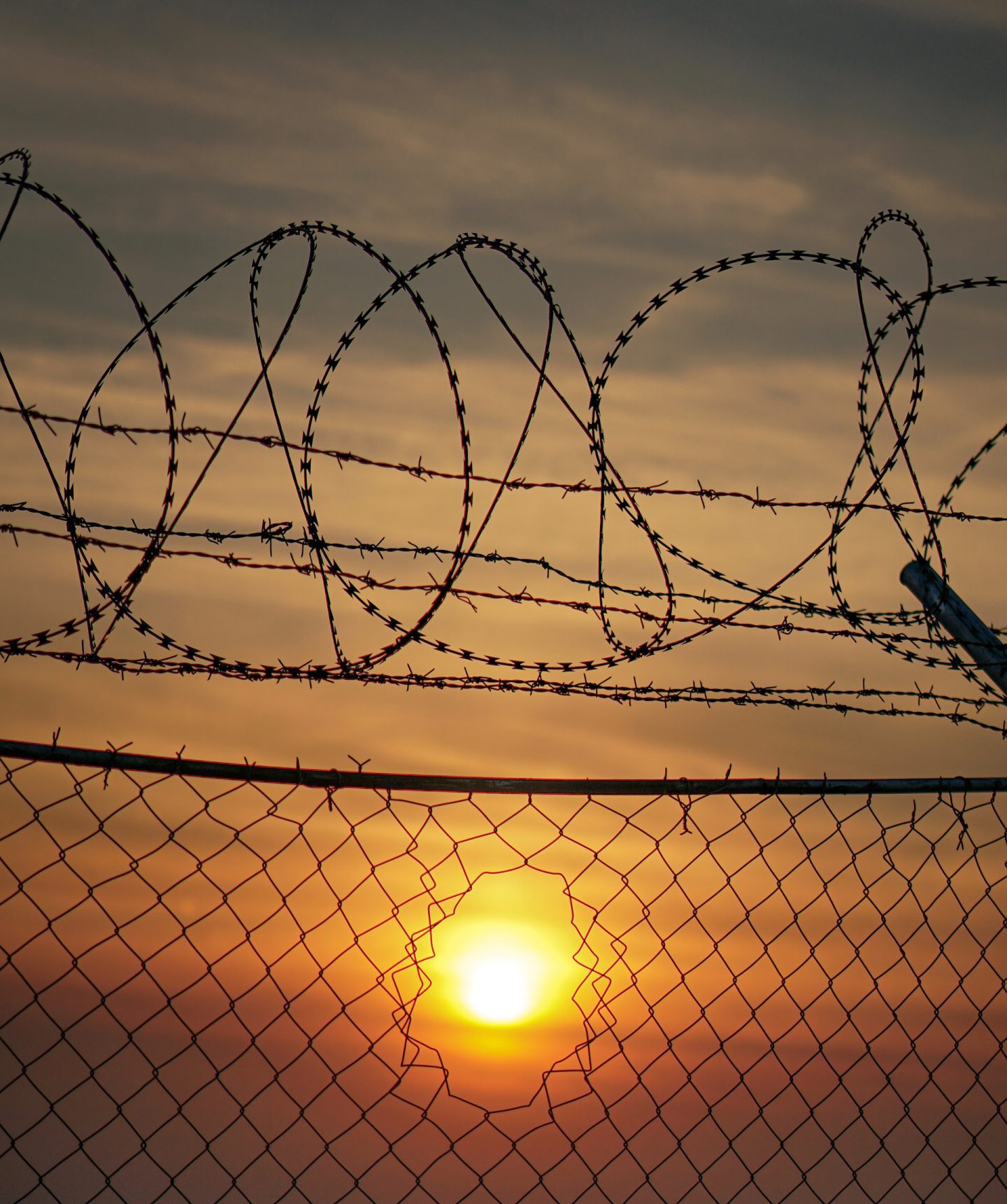
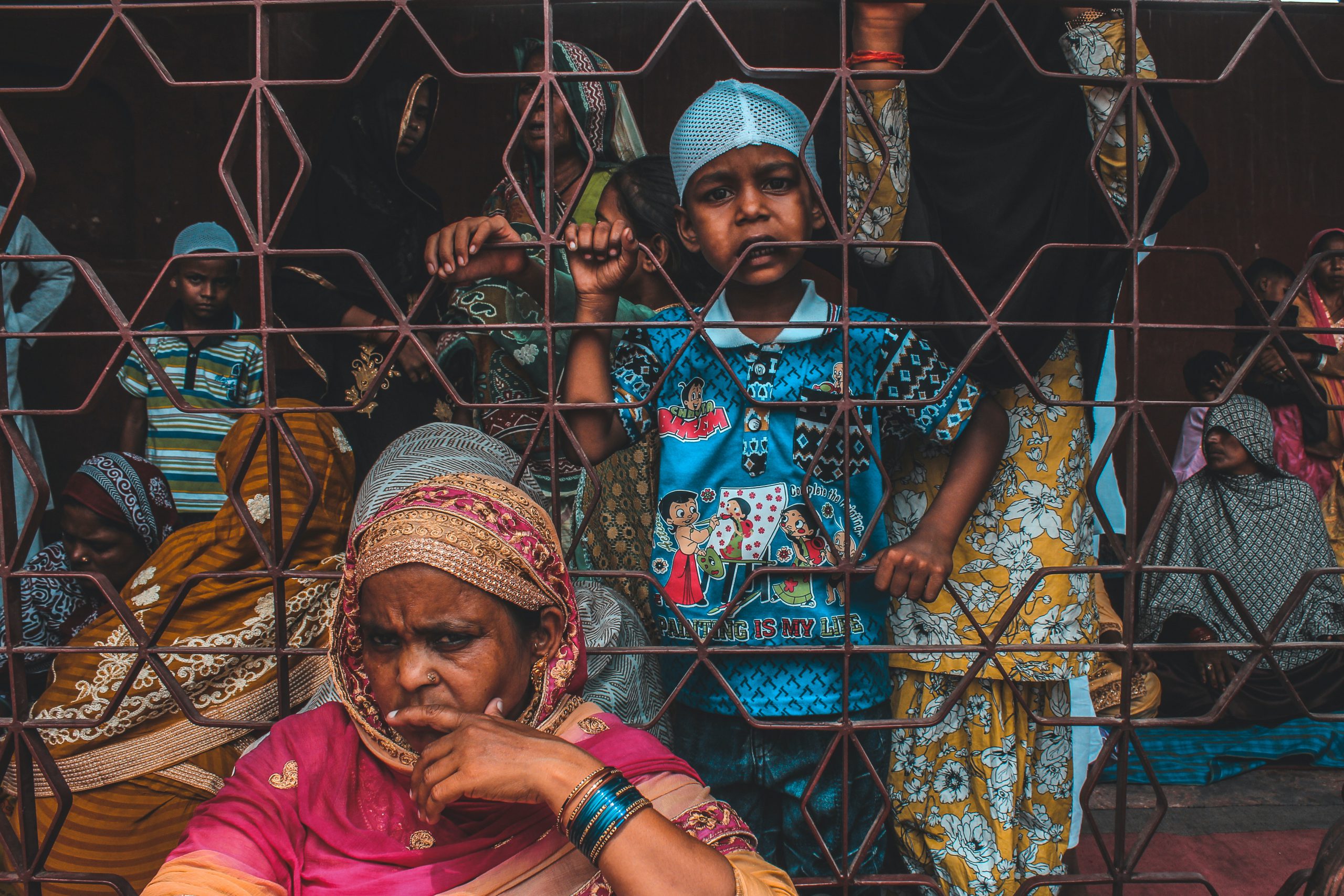
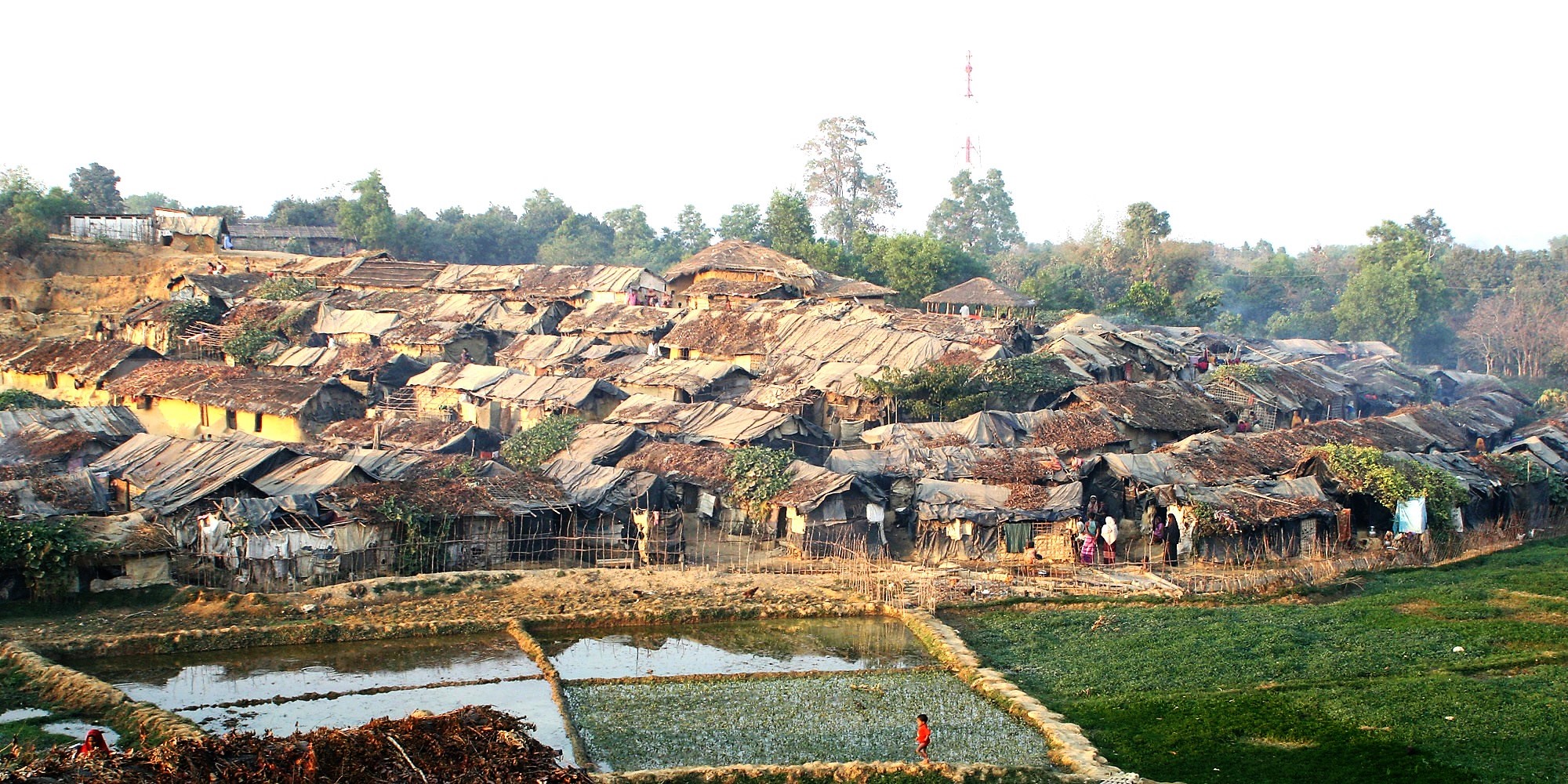
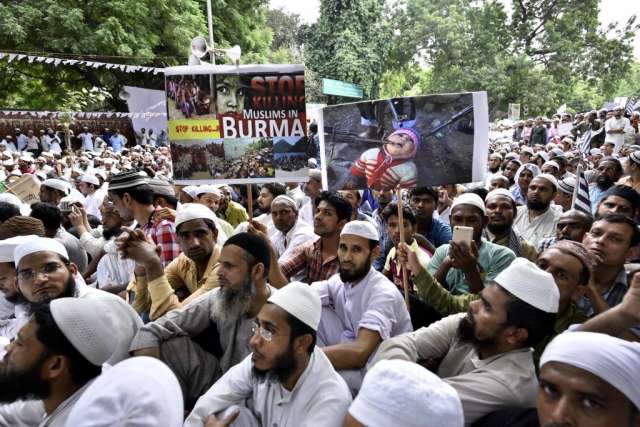


Ravishankar Seshan
Illegal immigration is being encouraged by most of the political parties involved in minority appeasement. They are trying to change the demography of India and destroy Hindus. These anti national political parties are using Secular narrative to fool the Sickular Hindus. Nationwide NRC is a must and all illegal foreigners should be weeded out.